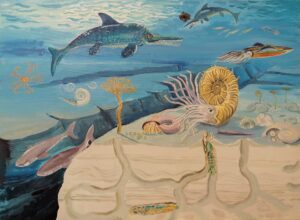The Nusplingen Plattenkalk is a Solnhofen-type fossil Konservat-Lagerstaette in the southwestern part of the Swabian Alb, which is scientifically exploited by the Stuttgart Natural History Museum. The Nusplingen Plattenkalk formed in a deep lagoon surrounded by islands. The highly diverse and exceptionally preserved fossil fauna and flora allow a reconstruction of the Late Jurassic marine […]
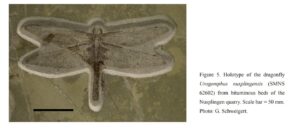
The Global Boundary Stratotype Section and Point (GSSP) of the Aalenian Stage (base of the Middle Jurassic), was established in Fuentelsaz (Central Spain) by the International Commission on Stratigraphy (ICS) of the International Union of Geological Sciences (IUGS) in 2000. This stratotype is one of the most important geosites of the Molina-Alto Tajo UNESCO Global […]
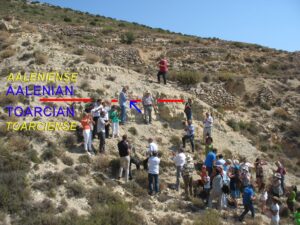
The Early Paleozoic oceans were generally characterized by short trophic chains and simple ecological tiering dominated by suspension-feeding organisms. However, the Great Ordovician Biodiversification Event (GOBE) was responsible for the complexification of food webs, increasing depth and diversity of substrate ecospace utilization and increasing benthic competition for resources near the water-substrate interface. Daedalus is an […]
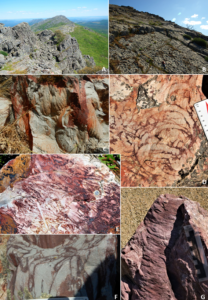
Located in France on the eastern edge of the Massif Central, the Parc naturel regional des Monts d’Ardèche, inscribed as a UNESCO Global Geopark in 2014, presents great geological diversity. This includes a sedimentary boundary between the Jurassic and Cretaceous, represented by limestone and marl. Fossils of crocodilians have been discovered in these layers, highlighting […]
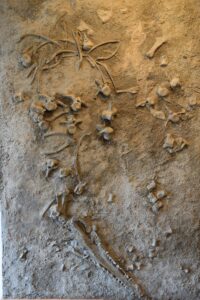
Middle Ordovician successions occur at Naturtejo UNESCO Global Geopark in five Variscan-folded, kilometer- to tens of kilometer-long structures. Four of them revealed to be fossiliferous in the different recognized lithostratigraphic units, middle-to-uppermost Darriwilian in age, with particular emphasis for Brejo Fundeiro (Oretanian regional chronostratigraphic stage) and Fonte da Horta (Dobrotivian regional stage) formations. Recent paleontological […]
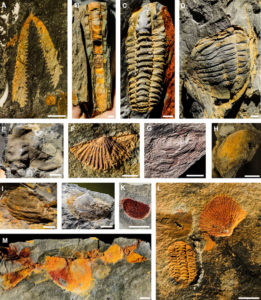
The low level of the Jurassic sea in the area of Bad Essen-Barkhausen (Wiehen Mountains, NW Germany) was a precondition for the migration of a herd of sauropods and theropods through this coastal area about 153 million years ago. The dinosaurs left at least 11 trackways on a single fine-grained siltstone layer and several more […]
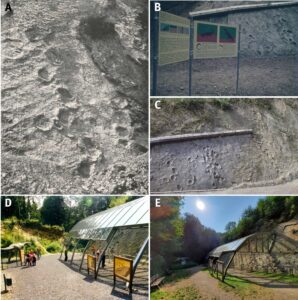
Naturtejo UNESCO Global Geopark (Portugal) area includes deposits from the Neoproterozoic to the Quaternary. Despite its limited exposure area in major Variscan folded structures, the Ordovician series hosts some of its most famous geological heritage features, such as the Penha Garcia Ichnological Park. The Upper Ordovician of the Central Iberian Zone is still far from […]
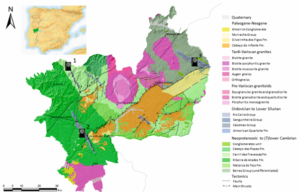
For many years, even before it was designated as Las Loras UNESCO Global Geopark, work was carried out to promote and protect the geological heritage of the territory. To this end, an innovative model of governance was introduced, involving local people in the management of heritage by means of citizen participation processes and Geo-volunteering. This […]
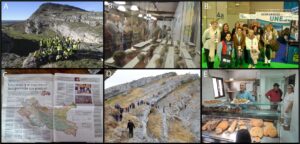
Cruziana is a common and widespread trace fossil in Lower Palaeozoic strata that is generally attributed to the activity of trilobites. The Lower to Middle Ordovician Armorican Quartzite Formation of southern Europe contains well-preserved examples of the Cruziana rugosa Group. This paper outlines how Cruziana forms an important part of the geological heritage in the […]
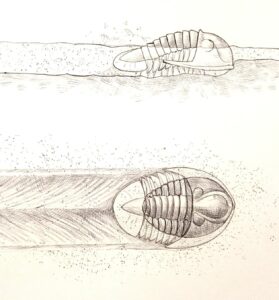
The Ammonitico Rosso is one of the most studied as well as most unusual facies developed in the Tethys Ocean, mainly during the Jurassic. This calcareous to marly-calcareous facies was typical on high seabeds seawards from the main platforms and emerged lands, sites where fine sediments accumulated discontinuously, while invertebrate animals tunneled the sea bottom […]
